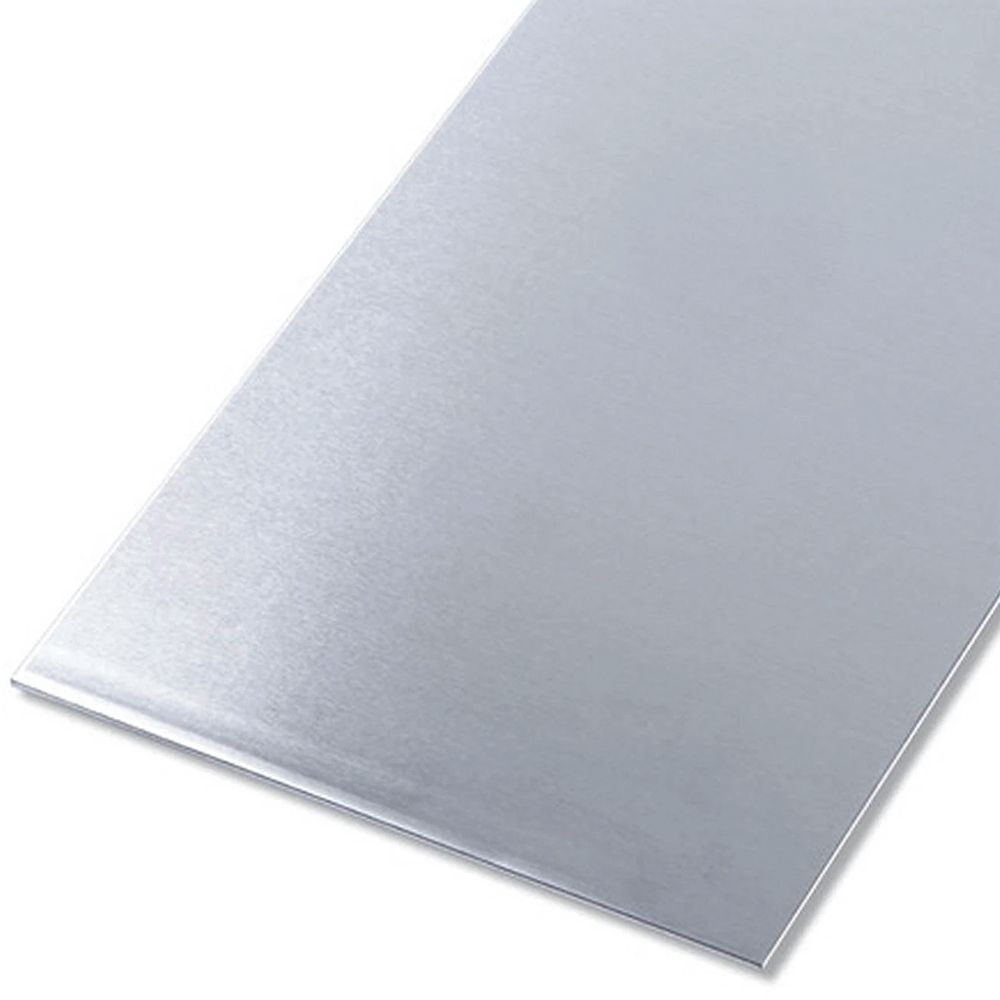


That means more scrap and higher overall costs for the customer.Īlso, another thing to bear in mind here is the availability of different sheet sizes. Many times have we received parts for production that are just a bit larger than a standard size. Knowing standard sheet sizes helps you with optimising your part layouts. While achieving large sheet sizes have a few workarounds through welding, you cannot really look past the thickness tables. Standard measurements apply to both sheet sizes and thicknesses. Thus, steel sheets have high tensile strength and durability suitable for use in constructions and machinery.Īt the same time, copper sheets often find use as a decorative layer on modern buildings. Metal sheets have the same mechanical properties as the base metal. Choosing the right one for you comes down to the application and requirements of your product. Some of them are carbon steel, stainless steel, copper and aluminium. Pretty much all the common engineering metals are also used in the form of sheets. That is why we see it everywhere around us.Īt the end of the article, we will be discussing different forming methods used with sheet metal. At a relatively cheap price, it makes a great fit for most engineering purposes. The thin sheet metal is easy to form, while still providing great strength. The thickness of sheet metal starts from 0.5 mm and goes up to 6 mm. The thickness of foil is usually up to 0.2 mm. Metal foil is especially common with aluminium, often referred to as tinfoil. For our purpose, we are going to stick with millimetres as the unit of measurement. Having gone over the primary measurement systems, we can now look at the categorisation of foils, sheets and plates. A higher gauge number means a smaller thickness.Īs it is related to the weight of a metal, the actual thickness (mm) for the same gauge, is different for various metals (e.g. Gauge represents the thickness of a metal in relation to its weight per square foot. Although official standards discourage the use of gauges, they are not all that rare. Gauge is another unit for measuring sheet metal thickness. As the British often use “mils” as a plural for millimetres, it can be a little confusing but the difference is important. One mil equals to a thousandth of an inch. While millimetre is a pretty straightforward unit, mils and gauges are only common in engineering and manufacturing. Thickness is measured in 3 ways – millimetres, mils and gauges.

Millimetres, Mils & Gaugeįoils, sheets and plates are pretty much the same, with the only difference being in thickness. There are other measurement units used to categorise metals by thickness, though. Sheet metal is any metal that has a thickness in between 0.5…6 millimetres. Sheet metal is one of the shapes and forms metal can be bought in. V Forming Processes for Sheet Metal What Is Sheet Metal?


 0 kommentar(er)
0 kommentar(er)
